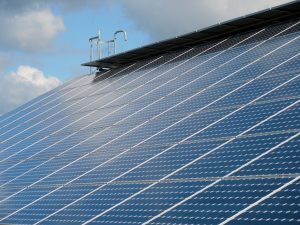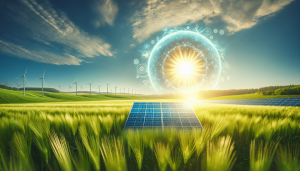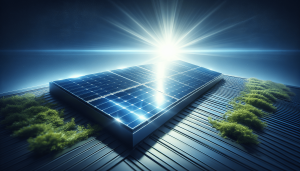In our exploration of the fascinating world of renewable energy, we dive into the mechanics and magic of wind energy. Our journey begins with a look at how the gentle breeze can be harnessed to power our homes and businesses. We will uncover how wind turbines transform kinetic energy into electricity, discuss the intricacies of turbine design, and explore the benefits and challenges of this sustainable power source. Let’s embark on this adventure together, discovering the nuances of how wind energy works and its powerful impact on our future. Have you ever wondered how wind energy works? Wind energy is not just a buzzword for eco-friendly practices; it’s a legitimate and increasingly vital part of our global energy portfolio. This article will walk us through the nuts and bolts of wind energy, providing a comprehensive breakdown of its components, benefits, challenges, and future prospects.
What is Wind Energy?
Wind energy is the process of converting wind into usable electrical power. This energy form harnesses the kinetic energy produced by wind currents to create electricity, thereby offering a renewable and sustainable source of power.
The Basics of Wind Energy
At its core, the concept of wind energy involves systems that capture and convert wind into mechanical power. These systems span from simple windmills, which have been around for centuries, to modern, towering wind turbines that dot many landscapes today.
Brief History
The use of wind energy can be traced back to ancient civilizations, where windmills were used for grinding grain and pumping water. The first modern wind turbine was built in the 1940s, but it wasn’t until the late 20th century that technological advancements made large-scale wind farms feasible and cost-effective.
Components of a Wind Energy System
To understand how wind energy works, we must first get to know the main components involved in the entire process.
Wind Turbines
Blades
The blades are one of the most visible parts of a wind turbine. Modern wind turbines usually have three blades that are aerodynamically designed to capture the wind efficiently.
Rotor
The rotor includes both the blades and the hub. When wind makes contact with the blades, the rotor starts to rotate, capturing kinetic energy from the wind.
Nacelle
Housed within the nacelle is the drivetrain, generator, and various other crucial parts like the gearbox. This is essentially the engine room of the wind turbine.
Tower
The tall structure supporting the nacelle and rotor blades is the tower. Towers range from 80 to over 100 meters in height. The advantage of high towers is that wind speeds generally increase at higher altitudes.
Foundation
While often overlooked, the foundation provides the structural integrity required to keep the entire turbine upright and operational.
Control Systems
Anemometer
An anemometer measures wind speed and sometimes direction. It is vital in positioning the turbine for optimal wind capture.
Wind Vane
The wind vane helps in determining the direction of the wind, useful for aligning the rotor blades correctly.
Controller
The controller starts up the wind turbine when wind speeds are appropriate, and shuts it down to avoid damage when wind speeds are too high.
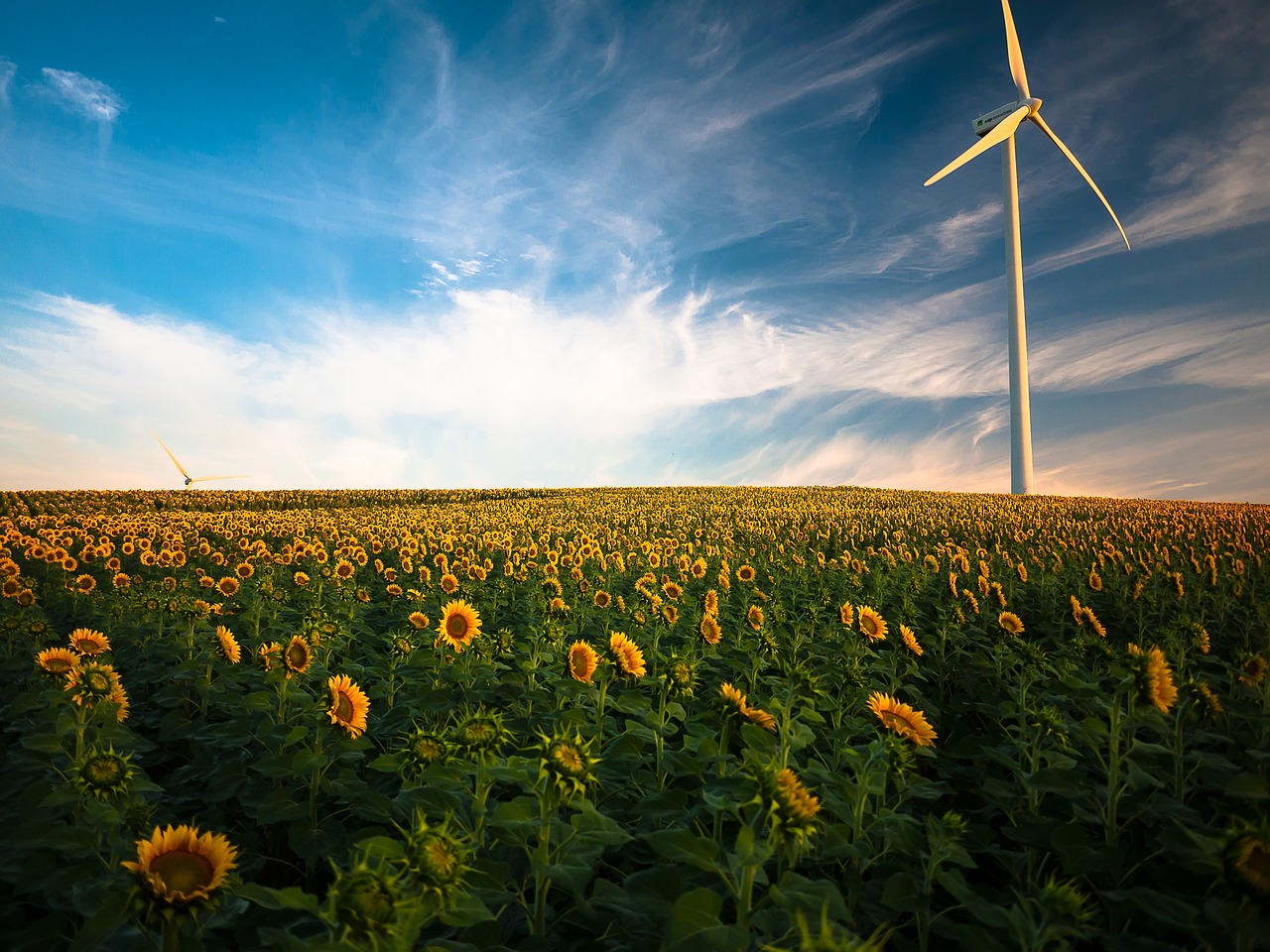
How Does Wind Energy Get Converted?
Step-by-Step Process
Here’s a step-by-step breakdown of how wind energy is converted into electrical power:
- Wind Interaction: Wind hits the blades, causing them to rotate.
- Kinetic to Mechanical: The rotating blades turn the rotor, converting kinetic energy into mechanical energy.
- From Rotor to Generator: The mechanical energy from the rotor turns a shaft, which drives the generator.
- Generating Electricity: Inside the generator, mechanical energy is converted into electrical energy.
- Transmission: The generated electricity is then transmitted via power lines to homes and businesses.
Types of Wind Turbines
There are generally two types of wind turbines: Horizontal Axis Wind Turbines (HAWT) and Vertical Axis Wind Turbines (VAWT).
Horizontal Axis Wind Turbines (HAWT)
Most commonly used, HAWT has the main rotor shaft and electrical generator at the top of a tower, and it must be pointed into or away from the wind direction.
Vertical Axis Wind Turbines (VAWT)
Less common, VAWT can capture wind from any direction, and usually, the main components are located at the base, making maintenance easier.
Benefits of Wind Energy
Harnessing wind energy brings numerous advantages that contribute to a more sustainable and eco-friendly world.
Renewable and Sustainable
Wind is a renewable resource, meaning it won’t deplete over time, making wind energy a sustainable power source.
Environmentally Friendly
Wind energy production emits no greenhouse gases, making it one of the most environmentally friendly energy sources.
Low Operational Costs
Once a wind turbine is installed, the operational and maintenance costs are relatively low.
Energy Independence
Wind energy can reduce our reliance on fossil fuels and help achieve energy independence.
Job Creation
The wind energy sector also creates jobs in manufacturing, installation, and maintenance.
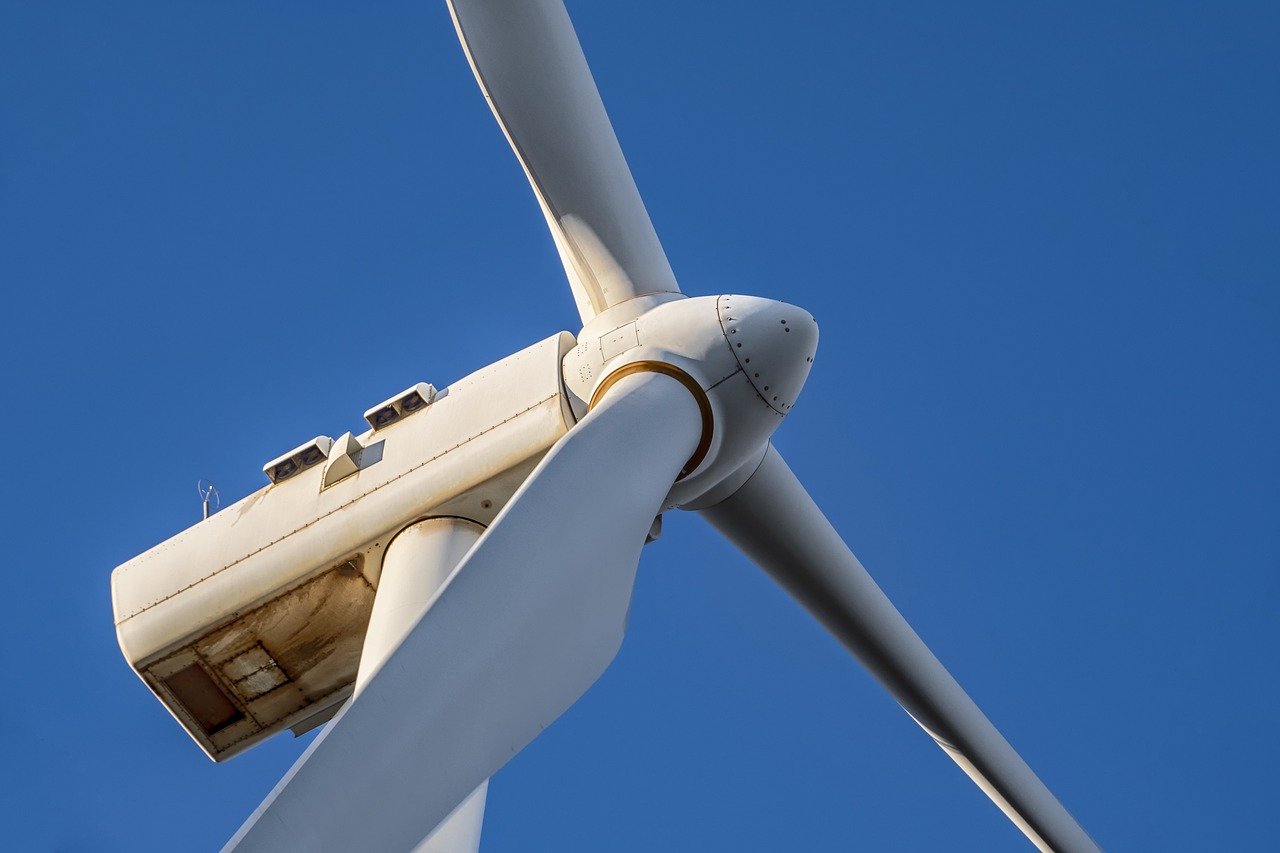
Challenges of Wind Energy
Despite its many advantages, wind energy has its own set of challenges that need addressing.
Intermittent Nature
Wind energy is variable; it doesn’t produce electricity constantly and must be supplemented by other energy sources.
High Initial Costs
The initial capital expenditure for wind farms can be high, although the investment pays off in the long run.
Aesthetic and Noise Concerns
Wind turbines can be considered unsightly and noisy by some, especially communities near wind farms.
Wildlife Impact
Turbines can pose risks to flying wildlife like birds and bats, necessitating careful planning and monitoring.
Wind Energy Around the World
United States
The U.S. has numerous wind farms, particularly in states like Texas, Iowa, and Oklahoma. The country is making significant strides toward increasing its wind energy capacity.
Europe
Europe, especially countries like Germany, Denmark, and Spain, has been a frontrunner in adopting wind energy. Offshore wind farms are particularly prevalent and effective in this region.
Asia
China leads the world in wind energy capacity, with massive investments in both onshore and offshore wind farms. India is also rapidly expanding its wind energy infrastructure.
Other Regions
Countries in Africa and South America are also exploring the potential of wind energy, developing projects to help meet growing energy demands sustainably.
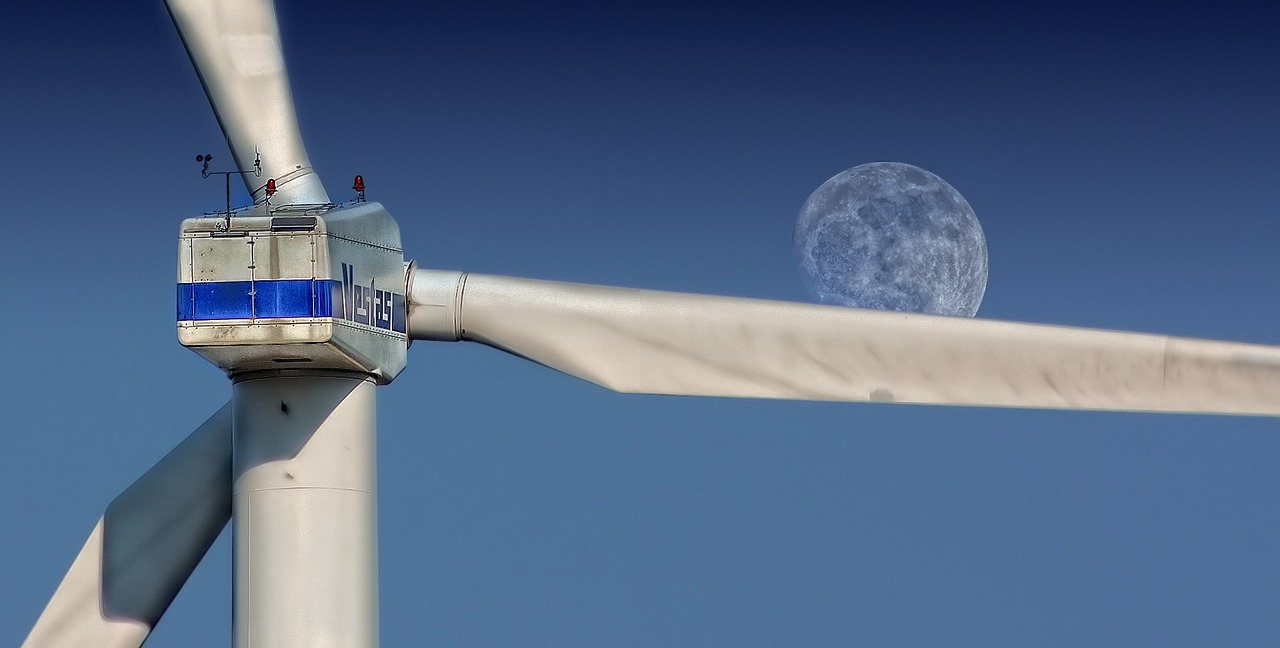
Future of Wind Energy
Technological Advancements
Advancements in materials, aerodynamics, and energy storage systems are all working to make wind turbines more efficient and cost-effective.
Offshore Wind Farms
The future may see a significant shift toward offshore wind farms, which can capture stronger, more consistent winds, and reduce land-use conflicts.
Integrated Energy Systems
Wind energy is increasingly being integrated with other renewable energy systems, like solar and hydro, to provide a more reliable and resilient energy mix.
Policy and Incentive Improvements
Better policies and incentive structures can help accelerate the adoption and deployment of wind energy technologies.
Summary
Wind energy represents a bright spot in our quest for sustainable energy solutions. It’s renewable, environmentally friendly, and increasingly cost-effective, though it does come with its challenges. By understanding both the intricacies and broader impacts of wind energy, we can make informed decisions and innovations to harness this powerful resource more effectively.
Let’s commit to making wind energy a significant part of our energy future. After all, a gusty breeze today could light up our homes tomorrow!

